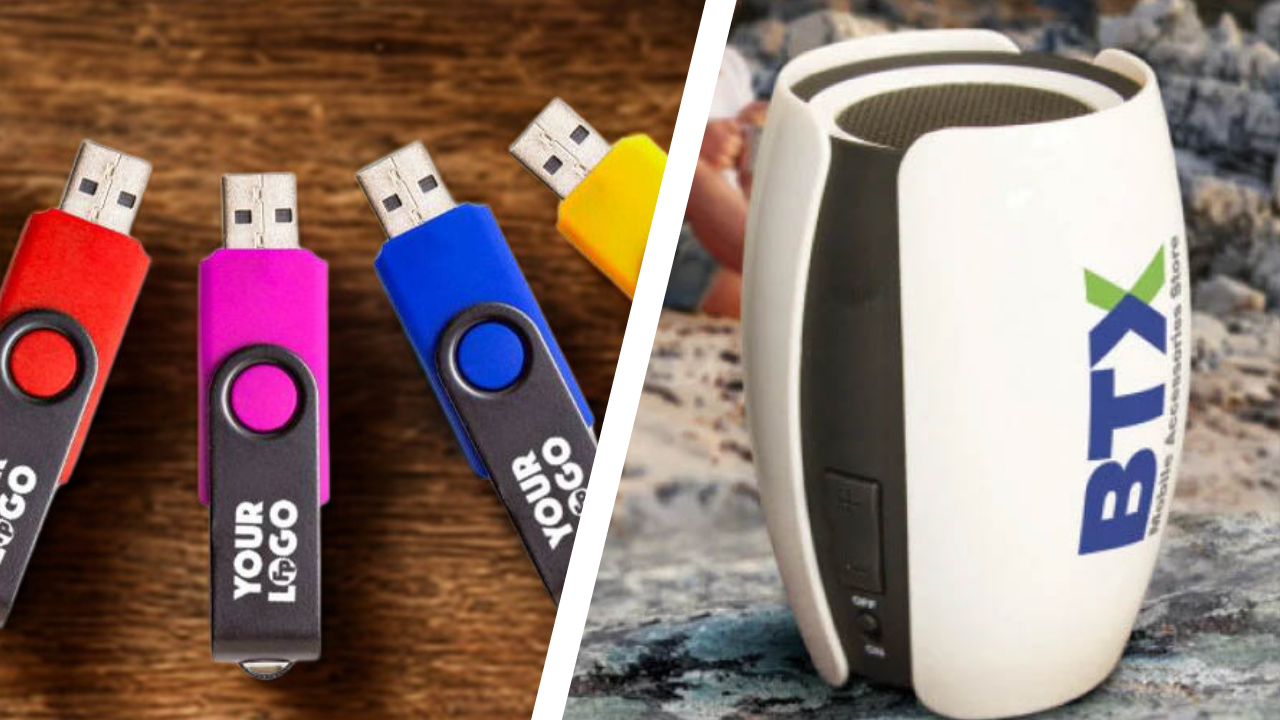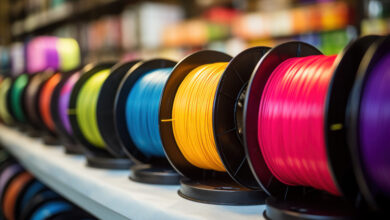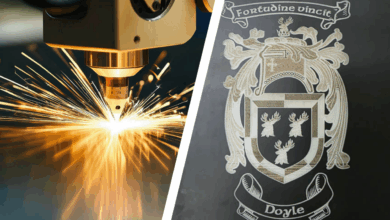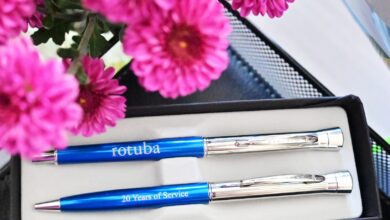As technology continues to evolve and more gadgets hit the market, businesses have more options than ever before to showcase their brand. While traditional products like branded apparel, drinkware, and tote bags remain staples, the demand for tech-focused promotional items is growing rapidly. From Bluetooth speakers to wireless chargers and other tools, tech gifts are capturing attention for both their practicality and their “wow” factor.
In my experience, navigating the world of tech promo products compared to more conventional items comes with unique opportunities and challenges. Here’s what you need to know.
Why tech is trending
People spend an average of seven hours a day on their devices. With that kind of screen time, tech accessories like headphones, wireless chargers, power banks, and Bluetooth speakers have naturally become high-value, high-use items. Corporate clients, especially, are turning to tech gifts for employee onboarding and appreciation, as well as gifting for their own clients. A useful, high-quality tech product doesn’t just make a good impression — it becomes a part of someone’s daily life.
Customization challenges & decoration methods
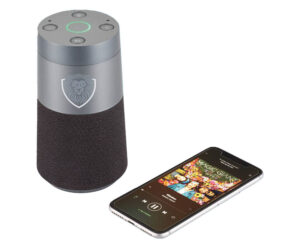 Customizing tech items requires a different approach compared to traditional promo products. Many tech devices have limited imprint areas due to their compact sizes, or they have unique shapes or materials to work with. For example, you can’t really brand an actual AirPod earbud because it would be very small, and the grill (mesh) on a Bluetooth speaker can be a challenging surface to customize.
Customizing tech items requires a different approach compared to traditional promo products. Many tech devices have limited imprint areas due to their compact sizes, or they have unique shapes or materials to work with. For example, you can’t really brand an actual AirPod earbud because it would be very small, and the grill (mesh) on a Bluetooth speaker can be a challenging surface to customize.
This is where I believe the use of virtual samples is vital in the customization of tech products. Creating a mockup of what a company’s logo would look like on these different devices and gadgets helps clients to visualize and choose the products that will best fit their needs and have the most impact. Presenting virtual proofs, your clients will be able to see how small their logo would be on an actual AirPod earbud, but how clear it would look on the charging case instead.
Most tech promotional items use similar imprint methods to traditional products, such as pad printing or laser engraving. The main difference is adapting to smaller imprint areas. Choosing the right method is critical for ensuring a logo maintains its clarity and impact.
Production timelines
Timelines for tech items typically mirror those of traditional promotional products, usually around two to three weeks. However, I usually will build in an extra week to accommodate approvals and any unexpected pivots. Virtual proofs are more vital with tech, and customers often appreciate having a little extra time to make adjustments.
Minimum order quantities are fairly common for tech products, but they vary widely. Always start by asking your client about their budget and timeframe, which can help narrow down choices in the early sales process.
Quality & compliance
Choosing trusted vendors is critical when it comes to tech items. While I haven’t run into many compliance issues personally, it’s important to partner with suppliers who prioritize product safety and performance, especially for items with batteries.
I encourage clients to think about tech products the same way they think about T-shirts: Do you want something people will love and use often, or something they’ll toss aside? Investing a little more in higher-quality tech pays off in brand visibility and reputation.
Cost structure & margins
Margins for tech items, particularly premium, name-brand products like Apple, are generally lower than traditional promotional products. However, tech often drives higher-volume orders and repeat business because of its perceived value. While some retailers might think it makes more sense to sell something that’s less expensive to improve their margins, to me, it’s a delicate balancing act because I
want to sell something that my customers are going to use and want to buy again.
When to recommend tech products
Tech items are especially effective for employee onboarding and appreciation, client gifting, and high-value conference giveaways.
Sectors like IT and other tech-focused industries are natural fits, but honestly, tech resonates across almost every market because it is so integrated into our daily lives. Whether it’s a wireless charger for a travel kit or a Bluetooth speaker for a summer event, tech products offer versatility and excitement.
Consultative selling tips
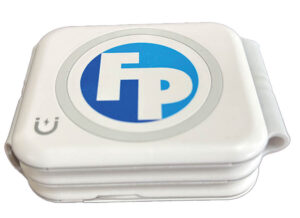 When introducing tech options to a client who is used to traditional products, take a consultative approach. Curate a few strategic options based on their goals rather than overwhelming them with a massive catalog.
When introducing tech options to a client who is used to traditional products, take a consultative approach. Curate a few strategic options based on their goals rather than overwhelming them with a massive catalog.
I like to categorize options —such as high-tech packages, traveler packages, drinkware bundles, etc. — and let clients select based on their audience’s needs. For example, in the traveler package, we had a tri-fold charging station where it would unfold from a compact 3″ X 3″ square, plug into a USB, and charge a phone, Apple Watch, and AirPods all at the same time, with the client’s logo right there. It’s a thoughtful and utilitarian product that someone who travels often will really value and use.
Additionally, I believe in the power of demonstration. I keep tech samples charged and ready, so when clients come in, I can show them real products in action, whether it’s a magnetic portable speaker that can stick to their fridge or the roof of a golf cart, or a smart mousepad and wireless charger that can be a functional part of their workspace.
Final thoughts
Tech products present an incredible opportunity to align your clients’ brand with innovation, practicality, and daily relevance. However, it’s critical to choose the right products, vendors, and imprint methods. Make sure you know exactly what you’re getting before you place the order, and whenever possible, hand-deliver finished products to ensure satisfaction and strengthen client relationships.
At the end of the day, if you’re putting your name on it, make sure it’s something you’re proud of — and something your clients will genuinely use and appreciate.
